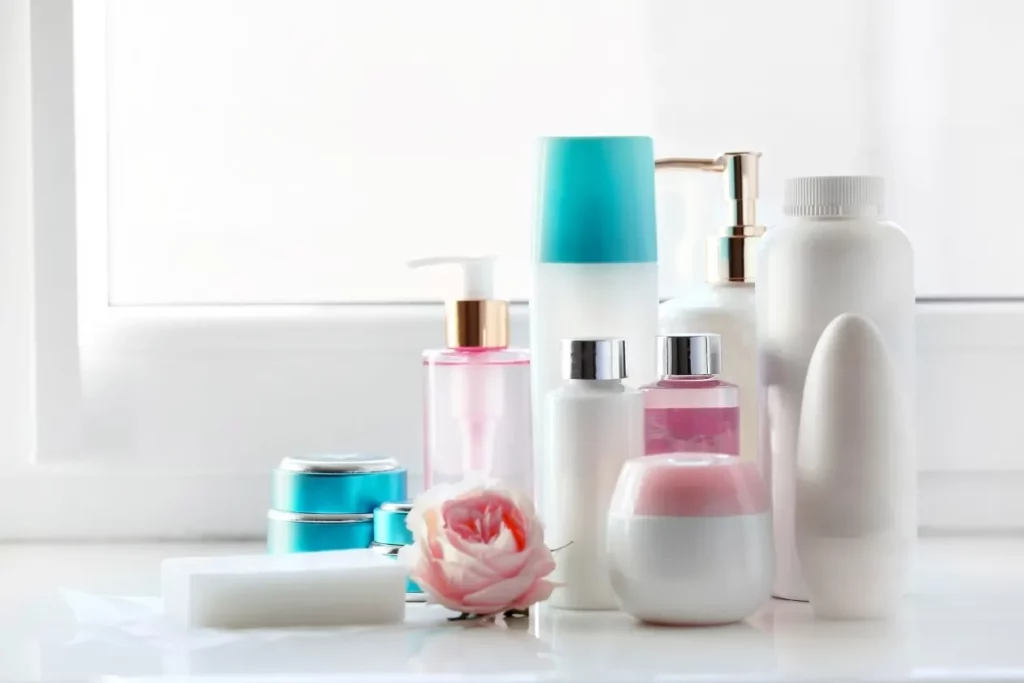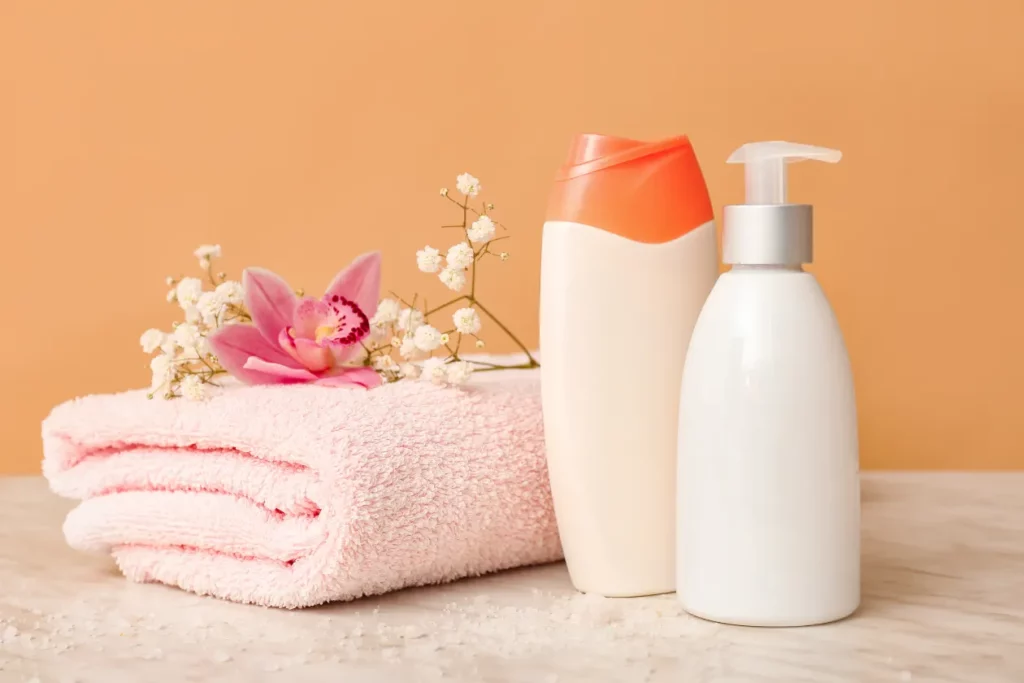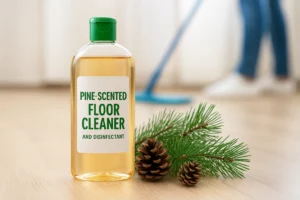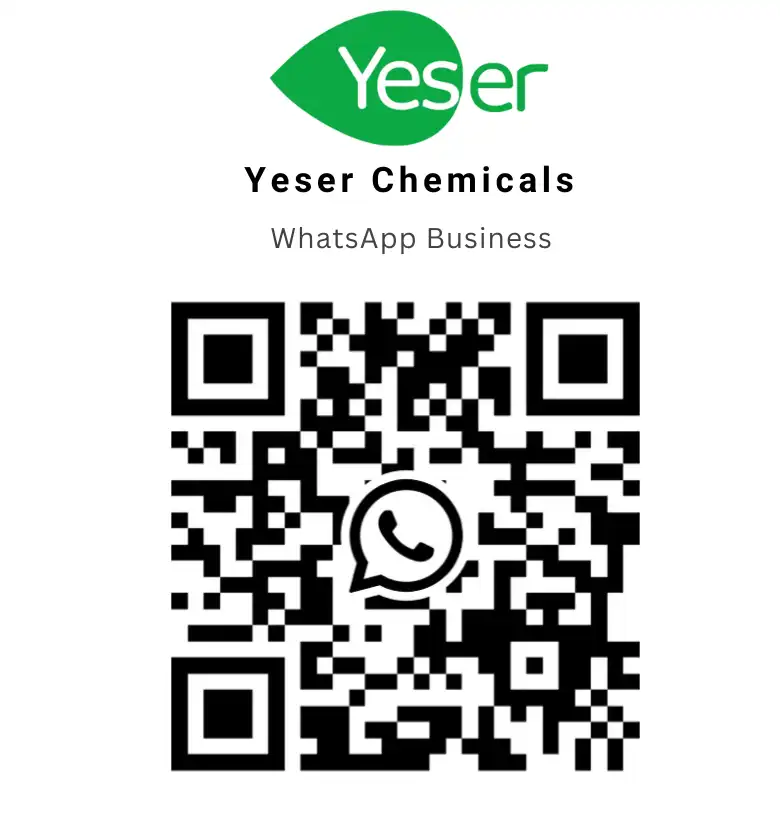Introduction
Cocamidopropyl betaine (CAPB) is a surfactant commonly used in personal care products like body washes, shampoos, and facial cleansers. As a surfactant, it helps bind dirt and grime, lather, and cleanse the skin or hair.
CAPB was initially used during World War II as a cleanser capable of lathering up in cold water. It quickly gained popularity in various cleaning products due to its effectiveness and gentleness, making it a preferred ingredient in personal care product formulations.
In body washes, CAPB acts as a gentle surfactant that helps break down dirt, oil, and sweat on the skin, making it easier to rinse away. Its lathering properties also provide a satisfying, luxurious experience during cleansing.
Benefits of Cocamidopropyl Betaine in Body Wash
A. Lathering properties
CAPB possesses excellent lathering properties that add a rich, creamy consistency to body washes. This lather not only creates a more enjoyable shower experience but also helps in distributing the body wash evenly across the skin, ensuring effective cleansing.
B. Gentle and non-irritating for most skin types
One of the main advantages of CAPB is its gentle nature. It’s considered a mild surfactant, making it suitable for most skin types, including sensitive and acne-prone skin. Users with delicate skin can benefit from body washes containing CAPB as it cleanses without causing irritation.
C. Effective cleansing and dirt removal
Despite its mild nature, CAPB is still a highly effective surfactant for removing dirt, impurities, and excess oil from the skin. Body washes containing CAPB provide a deep, thorough cleanse without drying out the skin or disrupting its natural barrier function.

Safety and Potential Side Effects of CAPB
A. General safety considerations
Cocamidopropyl Betaine (CAPB) is generally recognized as safe and non-irritating for the majority of users. However, it’s crucial to acknowledge that individual reactions may vary, and potential side effects could occur. As with any ingredient used in personal care products, individuals who have known allergies or sensitivities to CAPB should steer clear of products that include it. For a comprehensive understanding of its safety profile, the Cosmetic Ingredient Review (CIR) provides an in-depth report on the subject.
B. Potential side effects
While CAPB is generally well-tolerated, there are instances where individuals may experience an allergic reaction. Symptoms could manifest as itching, redness, or the appearance of rashes. If you notice any of these signs, it’s essential to stop using the product immediately. Always consult a healthcare professional if you suspect an allergy or sensitivity to CAPB, as they can provide appropriate guidance and alternatives.
C. CAPB in pregnancy and breastfeeding
No specific risks or concerns have been identified regarding the use of CAPB during pregnancy or breastfeeding. However, it’s always a good idea to consult with a healthcare professional before using any new personal care product during these sensitive periods.
D. The importance of patch testing
To minimize the risk of experiencing side effects, it’s essential to conduct a patch test before introducing a new body wash or product containing CAPB. To do this, apply a small amount of the product to an inconspicuous area, like the inside of your elbow, and wait 48 hours. If no irritation or reaction occurs, the product should be safe to use as intended.
How CAPB is Derived from Coconut Oil
A. Manufacturing process
CAPB is derived from the fatty acids found in coconut oil through a series of chemical reactions. The process involves reacting coconut oil with dimethylaminopropylamine, resulting in the cocamidopropylamine, which is then reacted with sodium monochloroacetate to produce the final product, cocamidopropyl betaine. This process ensures that CAPB retains its mild and effective surfactant properties while being derived from a natural source like coconut oil.
Looking for High-Quality CAPB?
At Yeser Chemicals, we specialize in the production of premium CAPB, with a monthly capacity of 5000 tons. Our ISO & HAHAL certifications stand testament to our commitment to quality. But we offer more than just high-quality products. We also provide expert guidance to help our customers develop effective pearlized shampoo formulas and follow best manufacturing practices. Interested? Send us an inquiry to receive a competitive offer and free samples.
Request a QuoteB. Sustainability considerations
Since CAPB is derived from coconut oil, its sustainability largely depends on the sourcing and farming practices of coconut plantations. Ethical and environmentally-conscious sourcing is crucial to ensure that the production of CAPB does not contribute to deforestation, habitat loss, or unfair labor practices.
C. Environmental impact
The environmental impact of CAPB is lower compared to other synthetic surfactants due to its relatively mild nature and biodegradable properties. However, it’s essential for manufacturers to monitor and control waste production and disposal associated with CAPB to mitigate negative environmental consequences.
Usage of CAPB in Various Personal Care Products
A. Frequency in face and body washes
CAPB is a popular ingredient in face and body washes due to its gentle yet effective cleansing properties. It can often be found in products targeting sensitive or acne-prone skin, as well as baby products, where mildness is of utmost importance.
B. Applications in shampoos
CAPB is also commonly used in shampoo formulations, as it effectively removes dirt and excess oils without stripping the hair of its natural moisture. Its mild nature makes it suitable for daily use and various hair types, including color-treated and damaged hair.
C. Other products containing CAPB
Apart from body washes and shampoos, CAPB can be found in other personal care products like bubble baths, liquid hand soaps, toothpaste, and contact lens solutions. Its versatility as an effective and gentle surfactant makes it a valuable ingredient across a range of formulations.

Formulation of Body Wash with CAPB
A. Typical usage percentage
In body wash formulations, CAPB is typically used at a concentration of 5% to 15%, depending on the desired lather, cleansing strength, and degree of mildness. The percentage can be adjusted based on other ingredients in the formula and the specific needs of the target audience.
B. Combination with other surfactants
CAPB is often combined with other surfactants, like sodium lauryl sulfate (SLS) or sodium laureth sulfate (SLES), to create a balanced and effective cleansing system. The mildness of CAPB helps counteract the potentially irritating effects of these stronger surfactants, resulting in a gentler but still efficient cleansing product.
C. Benefits of a balanced cleansing formula
A balanced cleansing formula incorporating CAPB and other surfactants ensures that the body wash effectively removes dirt and impurities without causing irritation or disturbing the skin’s natural moisture barrier. This balance is crucial for maintaining healthy, comfortable skin, especially for individuals with sensitive or problematic skin types.
Comparing CAPB to Other Surfactants
A. Coco betaine vs. cocamidopropyl betaine
Coco betaine and cocamidopropyl betaine are both mild surfactants derived from coconut oil, and they share similar properties in terms of lathering and cleansing. The main difference between them lies in their chemical structure and method of derivation. While both are considered safe and effective for personal care use, their individual formulation properties may determine the preferred choice for a specific product.
B. SLS and SLES alternatives
CAPB serves as a gentler alternative to harsher surfactants like SLS and SLES, which have been associated with skin irritation and allergies in some people. The milder nature of CAPB makes it a popular choice for those seeking less aggressive yet effective cleansing options.
C. Evaluating the best surfactants for specific skin needs
When choosing the appropriate surfactant for a body wash or other personal care product, it’s essential to consider the specific needs and preferences of the target user. Factors such as skin type, sensitivity, and desired product performance play significant roles in the selection process. CAPB is well-suited for those seeking a gentle and efficient cleansing experience.
CAPB-Free Options
A. Reasons for seeking alternatives
Though CAPB is widely considered safe and gentle, some individuals may still experience sensitivities or allergies. Therefore, they may seek out CAPB-free body wash alternatives to avoid potential reactions.
B. Example products without CAPB
Many personal care brands now offer body washes and other products that are free from CAPB, SLS, and SLES, often replacing them with other mild, naturally-derived surfactants like decyl glucoside, sodium cocoyl glutamate, or saponified oils.
C. Pros and cons of alternatives
While CAPB-free options may be less likely to cause irritation or allergies in sensitive individuals, they may vary in terms of cleansing efficacy and lather production. It’s essential to carefully research and test alternative products to find the best fit for one’s needs and preferences.

All-Natural Versions of CAPB
A. Potential natural alternatives
Some potential natural alternatives to CAPB include saponified oils, such as olive, coconut, or castor oils, and plant-derived surfactants like decyl glucoside or sodium cocoyl glutamate. These alternatives offer gentle cleansing properties while being composed of natural, biodegradable ingredients.
B. Benefits of all-natural ingredients
Using all-natural ingredients in personal care products can offer several benefits, including reduced risk of irritation or sensitivities, eco-friendliness, and support for ethical and sustainable production practices.
C. Limitations of natural surfactants
Despite these benefits, natural surfactants may not always deliver the same level of performance as synthetic surfactants like CAPB, particularly in terms of lather production and cleansing power. Formulators must carefully balance these considerations when creating all-natural personal care products.
CAPB in Skincare
A. Importance of gentle surfactants for skin health
Gentle surfactants like CAPB play a vital role in maintaining skin health by effectively removing dirt and impurities without causing irritation or disrupting the skin’s natural moisture barrier.
B. Effects on acne-prone or sensitive skin
For individuals with acne-prone or sensitive skin, using a gentle surfactant like CAPB can help minimize inflammation, redness, and irritation while ensuring that the skin is adequately cleansed of pore-clogging impurities.
C. Role of CAPB in face cleansers
CAPB is a prevalent ingredient in facial cleansers due to its ability to gently remove dirt, oil, and makeup without causing dryness or irritation. Its inclusion in face washes can lead to healthier, more balanced skin.
CAPB in Hair Care
A. Advantages for different hair types
CAPB offers various advantages in hair care, including its ability to cleanse different hair types without stripping essential moisture, making it suitable for daily use and diverse hair needs.
B. Impact on scalp health
Maintaining proper scalp health is crucial for overall hair health, and using a gentle surfactant like CAPB in shampoos can help prevent dryness, itching, or irritation while still effectively removing excess oil, dirt, and buildup.
C. Combining with conditioning agents
CAPB can be combined with conditioning agents in shampoos and other hair care products to provide optimal cleansing and nourishment, resulting in smooth, manageable hair and a healthy, comfortable scalp.
D. CAPB in hair treatments and conditioners
In addition to its use in shampoos, CAPB can also be found in hair treatments and conditioners. It aids in detangling hair while ensuring that hair remains soft and manageable. Its gentle formulation is appropriate for various hair types, including those with chemically treated, damaged, or sensitive scalps.
E. CAPB in hair styling products
CAPB may also be used in certain hair styling products, such as mousses and creams, to help provide a lightweight hold and improve manageability. It can keep hair in place without weighing it down, making it suitable for different styles and hair types.
Conclusion
Cocamidopropyl betaine is a versatile and gentle surfactant that plays a significant role in various personal care products, particularly body washes and shampoos. Its mild and effective cleaning properties make it an ideal choice for users with different skin and hair types, including those with sensitive or acne-prone skin. While generally considered safe for most individuals, it’s essential to be aware of potential sensitivities and ensure that the products you use are compatible with your specific needs. In conclusion, CAPB remains a popular and reliable ingredient in the world of personal care, contributing to effective and gentle cleansing experiences.






